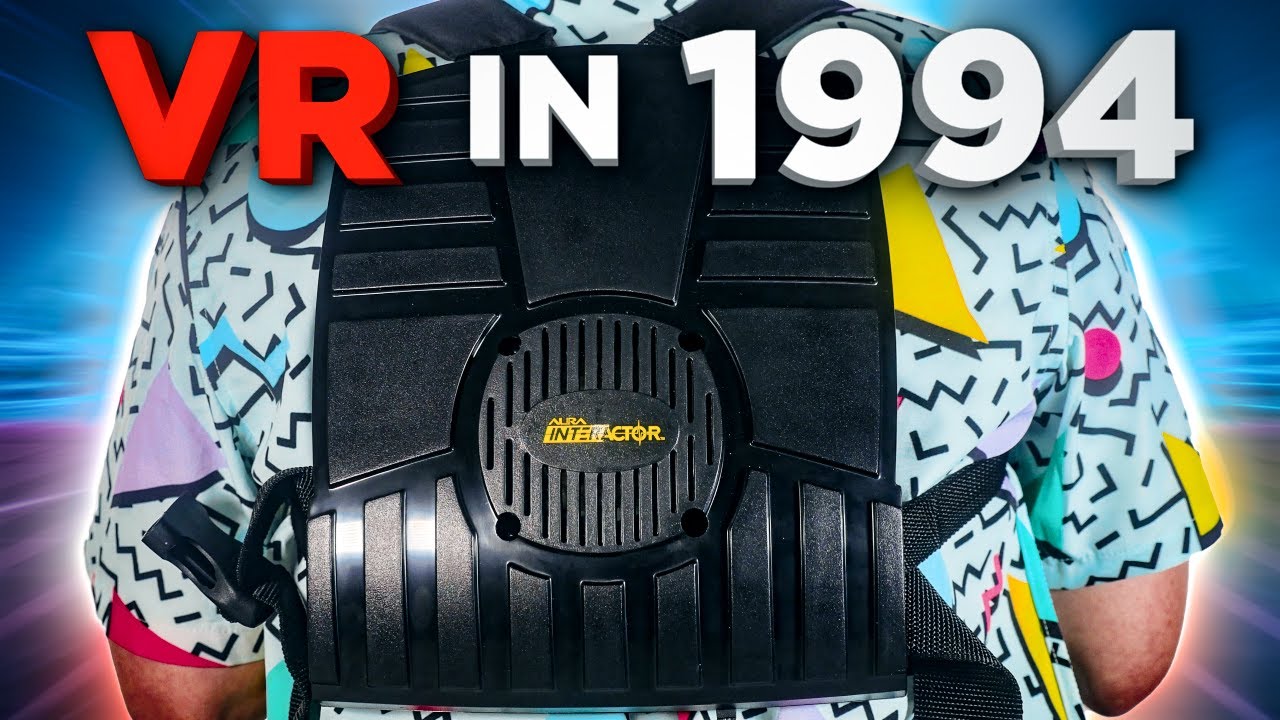Feel every punch in Mortal Kombat. Feel the booming explosions in Contra 3. Feel the throbbing heat of being “on fire” in NBA Jam. Sounds cool, right? Wrong. Very wrong.
In 1994, Aura Systems introduced the Interactor, a haptic vest that attached to kids’ backs and delivered vibrations in sync with the action of Super NES and Sega Genesis games. The February 1994 issue of Popular Science included the device in our “What’s New” section, describing it as:
The Interactor vest vibrates in synch with direct hits and music bass lines when plugged into the audio-out jack of a video game system, TV, or stereo system. You can adjust the intensity of the pulses or filter out background music. Price: $89.
The Interactor seemed cool and received big hype on its release, so how did it end up lost to tech gaming history? Well, put simply, it just wasn’t something kids wanted and their parents weren’t willing shell out the money for a gadget their kids were meh about. As a then-12-year-old Jeremy Belcher told the Cincinnati Enquirer in 1994: “It feels weird.” Oof.
Popular Science host Kevin Lieber acquired an Interactor on eBay and tried to understand why this cutting-edge-for-the-time VR backpack flopped so hard. It’s a lesson in $5 million dollar marketing blitzes, a prolific inventor, and good old cymatics.
Want more Popular Science videos? Of course you do. Subscribe on YouTube.

